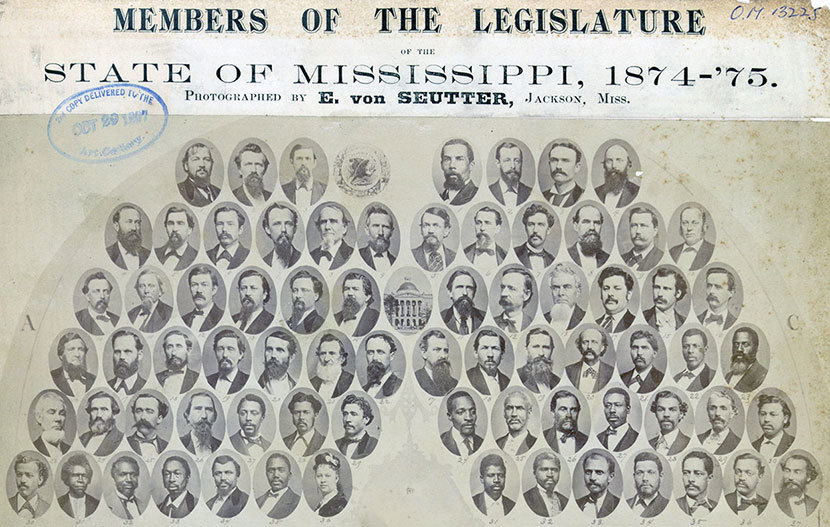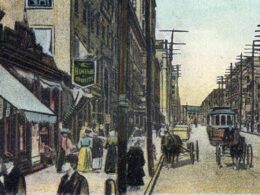Margaret Ann Caldwell
From Reconstruction: Voices from America’s First Great Struggle for Racial Equality

In 1875 a Republican Party picnic for African American voters and their families in Clinton, Mississippi, turned into a riot after a “committee” of gun-carrying white men attempted to break up the proceedings and, when the crowd turned on them, began shooting, resulting in at least eight deaths on both “sides” (including two children). Over the next two days, the “Clinton Riot” became the “Clinton Massacre,” as hundreds of white Mississippians went door to door and killed several dozen black residents and looted their homes. And the subsequent four-month series of events concluded with the assassination of the African American state senator who tried to minimize the violence at every turn.
The Mississippi Encyclopedia tells us that this largely forgotten chapter of American history “was one of the bloodiest episodes and lynchings in state history and functioned as the beginning of the end of Reconstruction in the state.” It became the first step of the Mississippi Plan, devised to rid the government of freedmen and radical Republicans, as well as the beginning of the Grant administration’s policy of non-interference in Southern racial politics.
The following summer, a U.S. Senate committee conducted hearings on the violence and the state’s elections. Published as two volumes, the findings of the “Mississippi in 1875” report were damning, but nothing came of it. The publication does, however, provide us with invaluable historical documentation of the outrages committed in the state that fall, including the testimony of the widow of State Senator Charles Caldwell, who was gunned down in an ambush. We present her testimony here, as our Story of the Week selection.
Read “The Assassination of Senator Charles Caldwell” by Margaret Ann Caldwell



